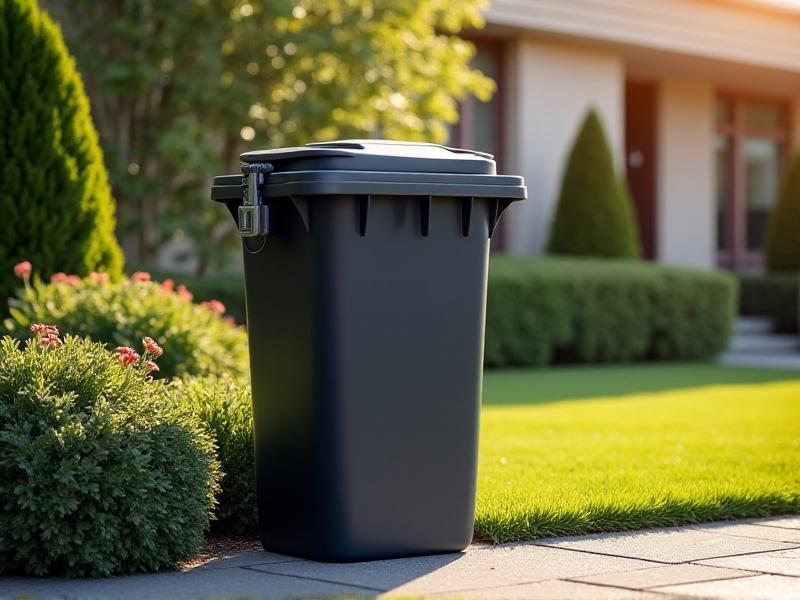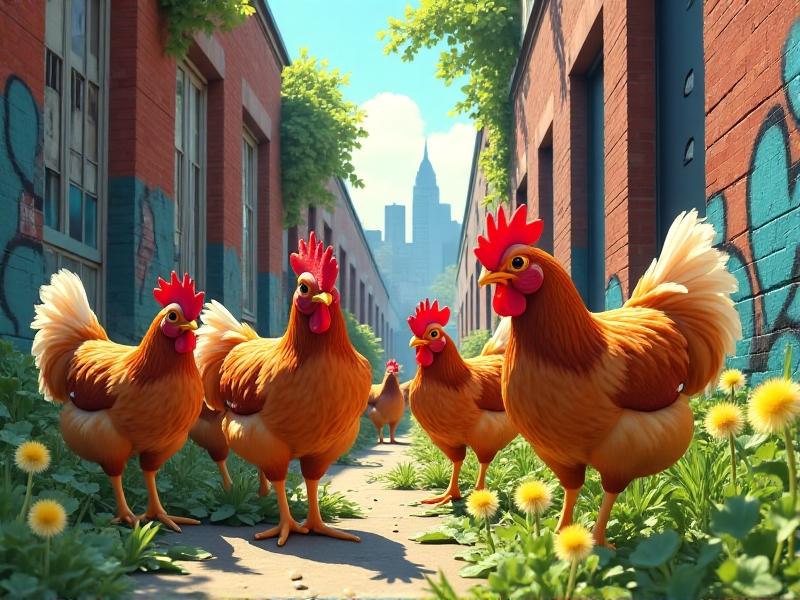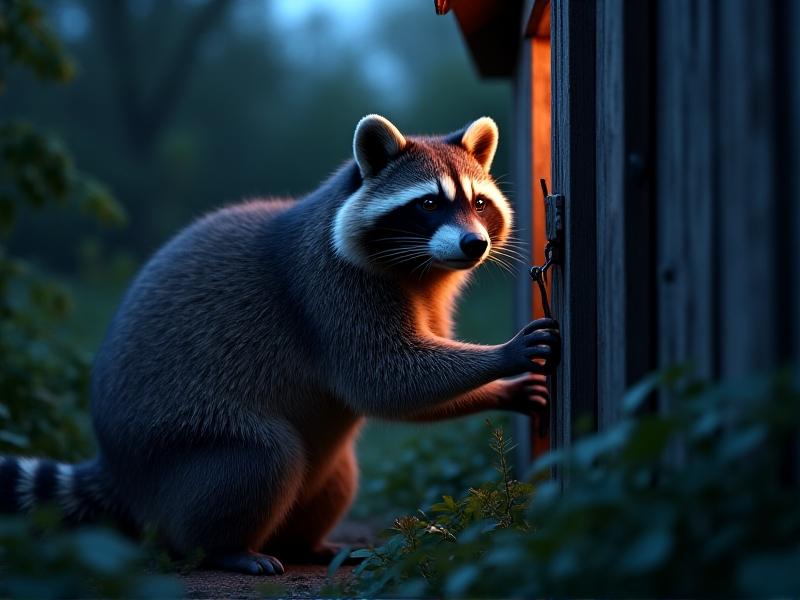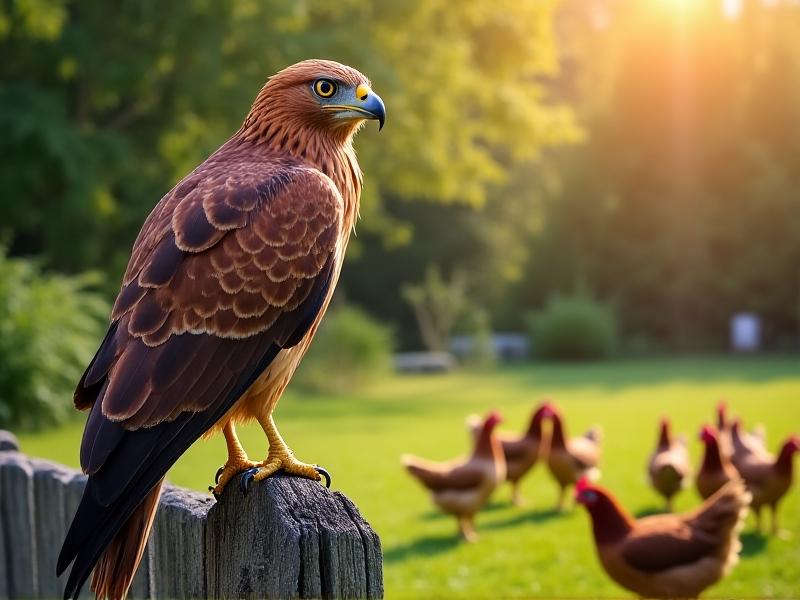Predator-Proofing in the City: Unexpected Urban Threats
The Urban Jungle: Cities as Unlikely Wildlife Habitats
When we imagine cities, we often picture concrete landscapes devoid of nature. Yet urban areas have become accidental ecosystems, hosting a surprising array of wildlife. From raccoons rummaging through trash to hawks nesting on skyscrapers, cities provide shelter, food, and even breeding grounds for adaptable species. This coexistence isn’t always peaceful—predators thrive in these environments, posing unique challenges for residents. Understanding how urbanization shapes animal behavior is key to addressing these threats. As green spaces expand and human activity alters natural habitats, predator-proofing becomes essential for safe cohabitation.

Common Urban Predators: Beyond Rats and Pigeons
While rats and pigeons dominate the stereotype of city wildlife, larger predators are increasingly making their mark. Coyotes patrol suburban neighborhoods, foxes dart through parks, and birds of prey like peregrine falcons hunt pigeons mid-flight. Even domestic pets face risks from owls or hawks targeting small dogs and cats. These animals aren’t mere nuisances—they’re apex predators adapting to human environments. For instance, coyotes have learned to navigate traffic patterns, while raccoons use storm drains as highways. Recognizing these species’ habits helps residents anticipate and mitigate conflicts.

Securing Your Home: Fortifying Against Furry Intruders
Predators often exploit vulnerabilities in urban homes. Attics become raccoon nurseries, while unsecured pet doors invite curious skunks. Simple measures like installing chimney caps, reinforcing basement vents with mesh, and trimming tree branches near roofs can deter climbers. Motion-activated lights or sprinklers add extra layers of protection. For garbage—a prime attractant—use animal-resistant bins with locking lids. Remember: sealing entry points isn’t just about exclusion; it’s about eliminating incentives for wildlife to linger.

Protecting Pets: When Domestic Life Meets Wild Danger
Small pets are vulnerable to urban predators, even in fenced yards. Hawks can swoop down in seconds, while coyotes scale six-foot walls. Keep cats indoors during dawn and dusk, when predators hunt most actively. For dogs, supervised outdoor time and avoiding off-leash walks in wooded areas reduce risks. Consider installing covered enclosures or “catios” for safe outdoor access. Community vigilance also matters—reporting aggressive wildlife helps authorities monitor hotspots and implement targeted solutions.

Urban Gardens Under Siege: Defending Green Spaces
Vegetable patches and flower beds attract herbivores like deer and rabbits, which in turn draw predators. Raised beds with wire mesh bottoms prevent burrowing, while motion-activated ultrasonic devices repel curious visitors. Companion planting—strategically placing pungent herbs like rosemary—can mask appealing scents. For fruit trees, netting prevents raccoons from harvesting your peaches. Balancing aesthetics with functionality ensures gardens remain both beautiful and resilient.
Community Strategies: Collective Action Against Urban Predation
Individual efforts gain power when neighborhoods unite. Organize trash management initiatives to reduce food sources, or petition for wildlife-resistant public bins. Community apps can share real-time predator sightings, fostering awareness. Local governments might fund green corridors that divert wildlife from residential zones, while certified wildlife handlers can address infestations humanely. Education workshops demystify predator behavior, replacing fear with informed coexistence strategies.
Technological Solutions: Smart Devices for Safer Cities
Innovations like AI-powered cameras distinguish between squirrels and raccoons, sending alerts only for relevant threats. Solar-powered ultrasonic repellents create invisible barriers, while apps like iNaturalist crowdsource data to track predator movements. Smart trash cans with compression mechanisms minimize odors that attract scavengers. These tools, combined with traditional methods, create a multi-layered defense system tailored to urban life.
Ethical Considerations: Balancing Safety and Coexistence
Predator-proofing shouldn’t equate to eradication. Many urban animals control pests—owls hunt rats, while snakes reduce rodent populations. Humane deterrents prioritize relocation over lethal traps. Supporting biodiversity through native plantings or bird-friendly windows reduces unintended harm. By viewing predators as part of the urban tapestry, we foster ecosystems where both humans and wildlife thrive.







